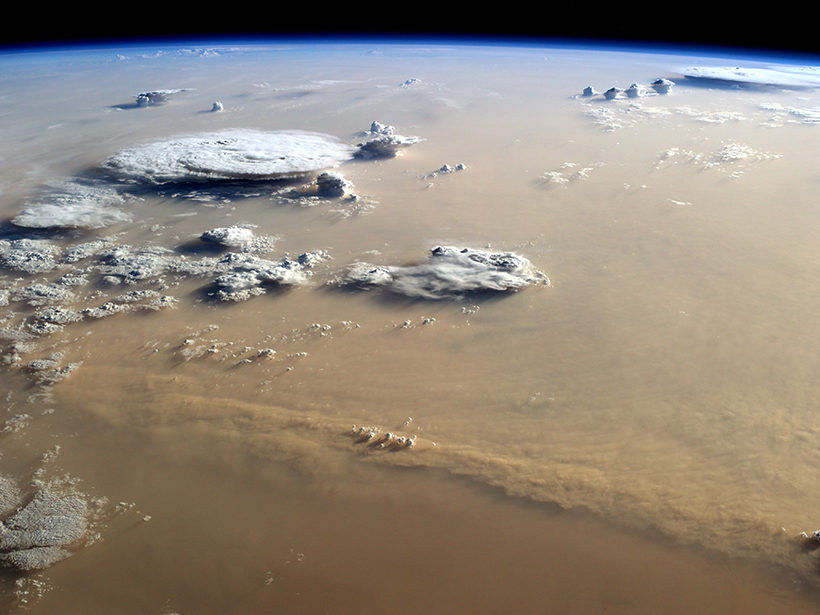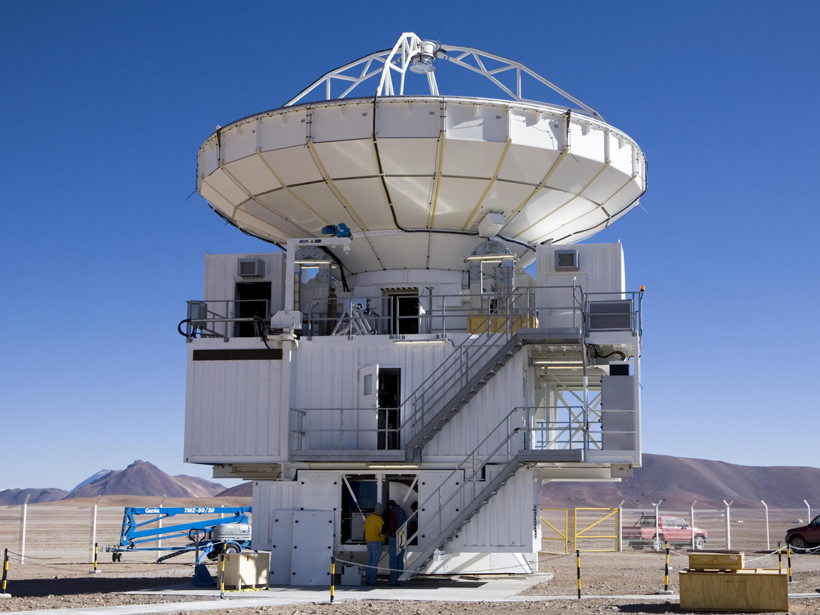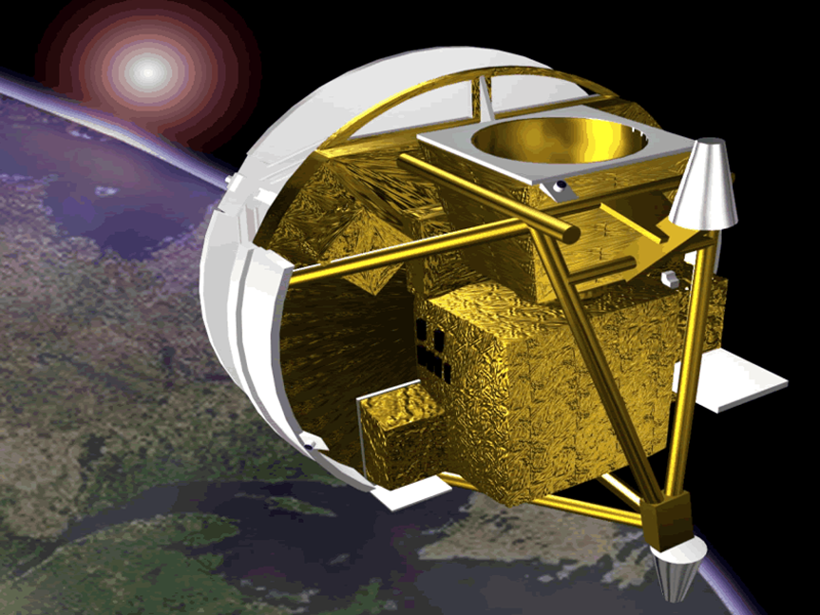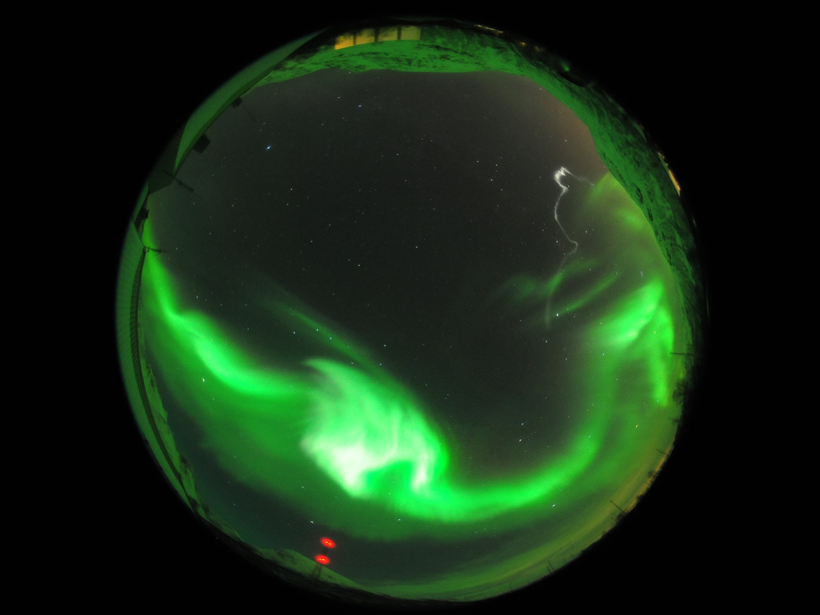As a major atmospheric circulation system spreads farther poleward, some regions are drying out. But as time passes, will this drying be symmetrical across the globe?
everything atmospheric
A Decade of Atmospheric Data Aids Black Hole Observers
Astrophysicists are using a global atmospheric model to help them coordinate a multicontinent, radio-frequency observing campaign to gaze at the black hole at the center of the Milky Way.
First Near-Global Measurements of Isotopic Nitrous Oxide
By harnessing satellite data collected from low-Earth orbit, scientists can now track the distribution of atmospheric nitrous oxide and its isotopes.
Sounding Rockets Probe the Northern Lights Above Norway
Scientists measure how the aurora affects winds in the upper atmosphere.
New Estimates of Ozone Transport in Extratropical Cyclones
Cross-tropopause ozone transport in midlatitude cyclones, coincident with dry air intrusions, is derived from satellite and reanalysis data organized in cyclone-centric coordinates.
Listening to the Clouds
The assimilation of cloud-cleared infrared data improves numerical weather forecasting, especially for hurricanes, by providing thermodynamic information in cloudy atmosphere.
Tracing the Path of Gas Atoms from Earth to the Final Frontier
Scientists capture the first complete image of Earth’s luminous geocorona and prove its ecliptic north–south symmetry.
Rethinking How Water Circulates Between the Oceans and Land
A reexamination of the global water cycle shows that tropical coastlines exert a profound influence on atmospheric water circulation by wringing water vapor from the atmosphere.
Wet Soils Elevate Nighttime Temperatures
Soil moisture can elevate overnight temperatures, offsetting daytime cooling, especially over areas of strong land-atmosphere interactions.
Tracing Electric Currents That Flow Along Earth’s Magnetic Field
A new study uses satellite data to examine a worldwide system of electric currents in greater detail than ever before.










